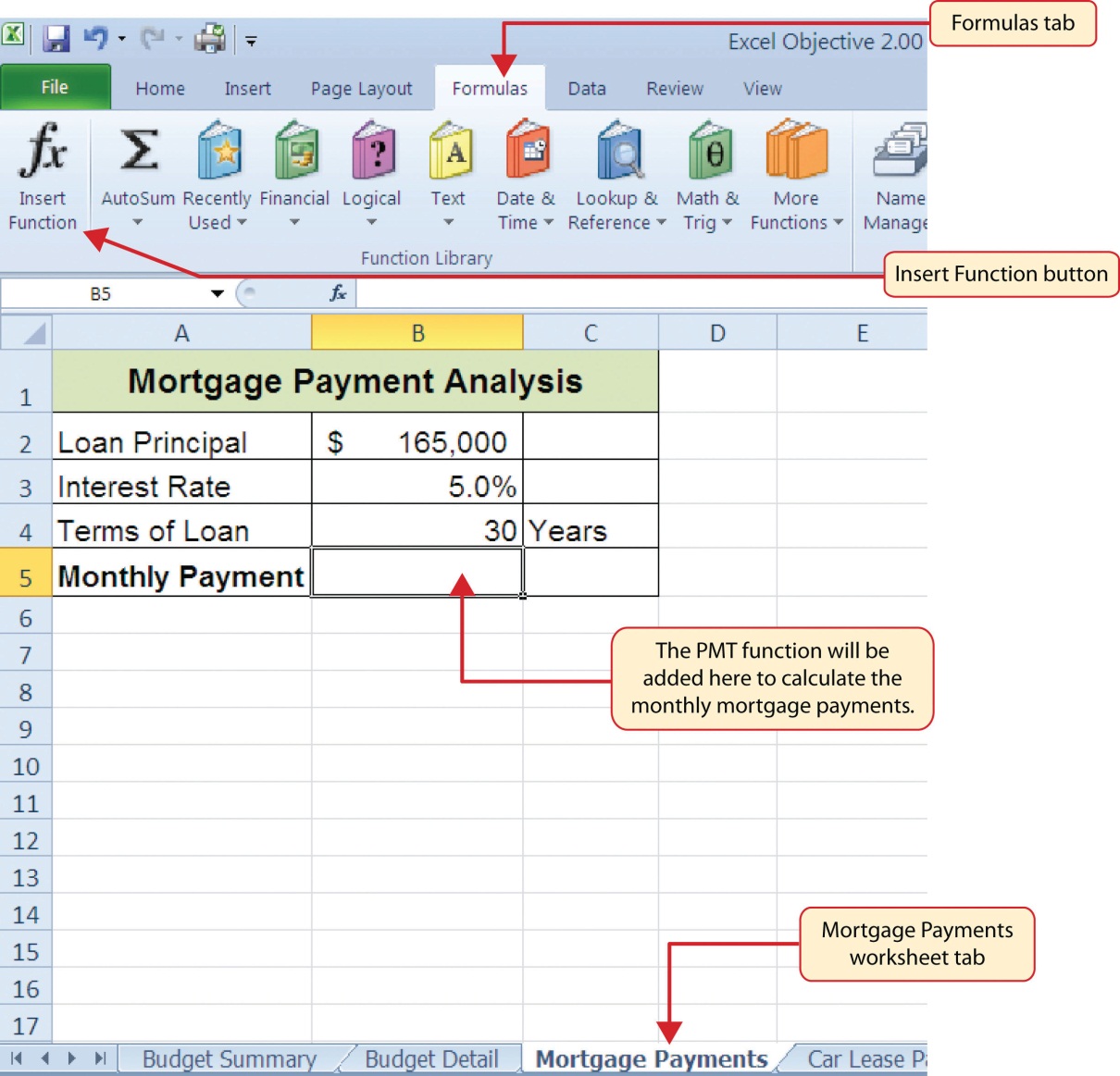Investing in mortgage notes, specifically through note funds, has gained significant popularity among investors in recent years. This unique investment strategy offers a range of benefits and opportunities for diversification.
In this article, we will delve deeper into the world of note fund investing and explore its advantages, differences from other investment options, as well as provide guidance on getting started.
Explanation of Note Fund Investing
Note fund investing involves pooling money from multiple investors to acquire a portfolio of mortgage notes. These notes represent loans secured by real estate properties. Instead of directly investing in individual mortgage notes or properties, investors can participate in note funds managed by professionals with expertise in this field.
By participating in note funds, investors can benefit from diversification across different geographic locations and property types. The expertise of professional fund managers helps maximize returns while mitigating risks.
Note fund investing also offers liquidity and a passive approach, making it accessible to individuals with limited time or knowledge about real estate investments.
However, conducting thorough due diligence is crucial before participating in any note fund. Understanding the track record, investment strategy, and associated fees are essential for making informed decisions aligning with one’s investment goals and risk tolerance.
In summary, note fund investing provides a way to indirectly invest in real estate through a diversified portfolio of mortgage notes managed by professionals. It offers diversification, liquidity, and a passive approach but requires careful research before getting involved.
Comparison to Hard Money Lending
Note fund investing and hard money lending are two approaches to real estate-related debt investments, but they have distinct differences. Hard money lending provides short-term loans to borrowers with credit or property issues, while note fund investing involves acquiring existing mortgage notes.
Note fund investing offers passive investment opportunities, diversification, and consistent cash flow from interest payments. It allows investors to participate in the real estate market without the challenges of property ownership and management associated with hard money lending.
Benefits and Advantages Compared to Other Types of Investing
Investing in note funds offers several advantages compared to other types of investments. Firstly, note funds provide the potential for passive income generation through regular cash flow from interest payments.
Secondly, investing in note funds allows for diversification across various mortgage notes and locations, reducing risk by spreading investments. Lastly, note funds are professionally managed by experts who specialize in identifying and managing mortgage notes with attractive risk-return profiles.
This expertise provides comfort to investors who lack the time or knowledge required for individual evaluation and management. In summary, note fund investing offers passive income, diversification, and professional management for a compelling investment opportunity.
Potential for Diversification and Risk Management
Note fund investing enables diversification beyond stocks and bonds by offering various types of mortgage notes to invest in, such as performing, non-performing, residential, or commercial notes. This diversification spreads risk across different segments of the real estate market.
Note funds also employ risk management strategies to protect investors’ capital and enhance returns. They acquire mortgage notes at discounted prices to the property value and enforce foreclosure if borrowers default on payments. These measures aim to safeguard investments and improve risk-adjusted returns.
In summary, note fund investing provides an opportunity for diversified portfolios beyond traditional assets. By investing in different types of mortgage notes and implementing risk management strategies, investors can spread risk and potentially enhance their overall returns.
Explanation of the Differences between Note Fund Investing and Individual Note or REO Investing
Investing in individual mortgage notes or real estate-owned (REO) properties differs from note fund investing in several key aspects:
-
Capital Requirement: Investing directly in individual notes or REOs typically requires significant upfront capital. In contrast, note funds allow investors to participate with smaller amounts since they pool funds from multiple investors.
-
Diversification: Purchasing only a few mortgage notes or properties as an individual investor can limit diversification. Note funds offer instant diversification by allowing you to invest in a portfolio of various mortgage notes.
-
Expertise and Time Commitment: Evaluating individual mortgage notes and managing them effectively requires expertise, research, and ongoing monitoring. Note fund investing removes this burden by relying on professional managers specialized in this area.
In summary, note fund investing offers lower capital requirements, instant diversification, and the expertise of professional managers compared to investing individually in mortgage notes or REOs.
Pros and Cons of Each Approach
Individual Note/REO Investing offers direct ownership and control over specific assets, potentially leading to higher returns. However, it requires higher capital investment and increased time commitment for due diligence and management.
On the other hand, Note Fund Investing requires lower capital requirements and provides instant diversification through professional management expertise. But it limits control over individual assets and may yield lower returns compared to successful individual investments.
Both approaches have their advantages and disadvantages. Individual investing allows for hands-on control but demands more capital and time. Note fund investing offers diversification and professional management but sacrifices some control and potential returns. The choice depends on individual preferences, risk tolerance, and investment goals.
Steps to Take When Getting Started with Note Fund Investing
To embark on a successful note fund investing journey, follow these essential steps:
-
Educate Yourself: Understand mortgage notes and the real estate market. Learn about different note types, risk factors, and strategies utilized by note funds.
-
Research Note Fund Options: Evaluate various funds based on track records, investment strategies, fees, and performance history. Look for alignment with your goals and risk tolerance.
-
Diversify Your Investments: Invest in multiple note funds to enhance portfolio diversification. Consider funds with unique approaches or specialized focuses.
-
Monitor Performance: Regularly review fund performance and stay updated on portfolio changes and market conditions. Make informed decisions about staying invested or reallocating capital if needed.
By following these steps, you can confidently navigate note fund investing and increase your chances of achieving your investment objectives.
Additional Resources for Learning More about Note Fund Investing
Investing in note funds offers diversification, passive income, and professional management. To make informed decisions, understanding note fund investing is crucial. Explore these resources:
Enroll in specialized online courses covering due diligence, risk analysis, and investment strategies to gain insights from industry experts.
Read comprehensive books on mortgage note investing for practical advice, case studies, and expert guidance.
Attend conferences or webinars focused on real estate or mortgage note investments to learn from professionals and stay updated with industry trends.
By utilizing these resources, you can confidently embark on your note fund investing journey.
[lyte id=’lttS_eFnsK8′]







